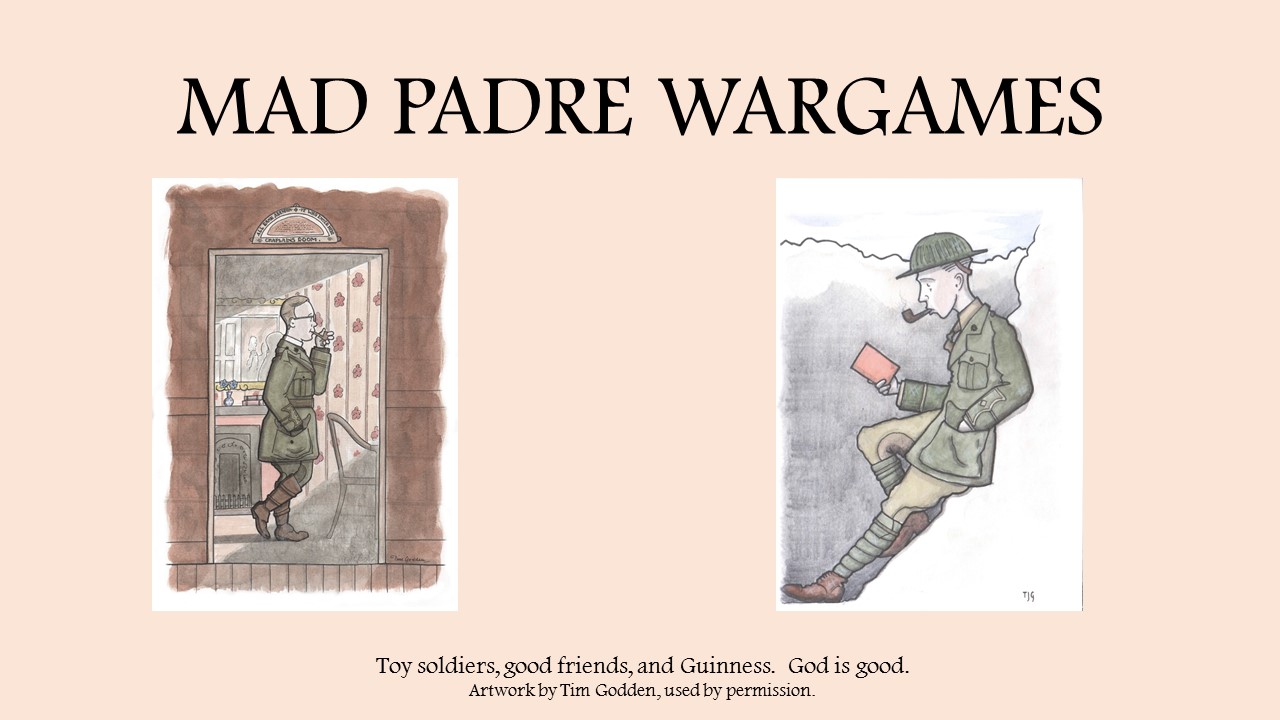Getting a lot of gameplay since it arrived earlier this summer is a boardgame designed by
Dan Fournie and the centrepiece of the
Nr 37 edition of C3i magazine from RBM Studios. There is some debate about whether magazine games are really that great, but I've never been disappointed by the quality of the games published by C3i.
Dan Fournie has a number of ancients games to his credit, and this design focuses on a decisive battle of the Punic Wars in Spain, when Rome's Scipio brothers faced off against the Hasdrubal brothers of Carthage. What I know about the Punic Wars is fairly limited, so I enjoyed the lengthy article that came with the magazine. Essentially Upper Baetis was a double battle, as both sides, four armies under four brothers, were unable to concentrate their forces. Historically the battle was a Roman defeat, but in this game anything can happen.
This photo below shows the game as it is set up. On the left, the Romans under Publius Scipio in light brown face the army of Hasdrubal Gisgo in light green, while on the right, the Romans of Gnaeus Scipio in red and their Iberian allies face the Carthaginians of Hasdrubal Barca in blue. The Romans have two camps to defend, and the Carthaginians have two towns to defend. Victory points are awarded for towns/camps captured and sacked, and for units and commanders eliminated. The battle is fought over two and a half days, each day divided into two turns. Before the game begins, the Carthaginian player can determine how much silver to spend on bribes to try and persuade Rome's Celtiberian allies - spending a little with a reduced c chance of defections gives Carthage a VP, spend a lot with an increased chance of defections gives Rome a VP. Whatever the strategy, some of the Celtiberian units will disappear on each night turn, so the Roman player has to use these units before he loses them.

The game system is surprisingly fluid and elegant, very reminiscent to the one that Mark Herman uses for the GMT game, Rebel Yell. In both systems, players take turns moving units and can move them as often as they want until one player passes, at which point the other player gets a variable number of moves before the movement phase ends and they go to combat. Units cease moving when the enter the Zone of Control of an enemy unit and are locked in combat. The combat phase has a similar process, so a smart and lucky player can put pressure on a flank or an isolated unit, advance, and continue the pressure and even roll up the enemy. It took me a bit to figure out the nuances of this system, but once I did I really admired it.
In this photo below, the round markers indicate the Commander's Intent. Each commander has a 4 hex radius within which his units can maneuver and attack. Each marker is placed at the beginning of each movement phase. Once the movement phase is complete, the Intent markers are replaced with a marker indicating where the commander commits himself in battle, giving units a bonus in combat but with the chance that the commander might be killed in an adverse result, as the Scipio brothers were in the actual battle.
I've played Baetis several times solo, with both sides winning, sometimes Rome prevails on one side of the map and Carthage on the other. When my friend James came over and gamely agreed to try it (hex and counter games are not really his thing), he took to the system quite quickly and won a decisive Roman victory.
In this last photo, a Roman victory is unfolding. James has sacked one of my towns and Barca is dead, replaced by a middling subordinate.

One measure of a good game is that victory can go either way. In Baetis, both sides are evenly matched. The Romans have an initial advantage in numbers until night falls and their Celtiberian allies slink away, while the Carthaginians have a few superior units like the elusive Numidian cavalry. While both sides have key positions to defend, maneuver and aggressive play is the only way to win, as James grasped quickly. I think I have to call him "Hispania" from now on.
I am sure that Baetis would make an interesting miniatures battle if one had the figures, though it might need to be played on two separate tables. C3i 37 includes counters for a Beatis scenario in GMT's SPQR game. However you fight it, it's a tense and interesting battle to play out.
Blessings to your die rolls!
MP+





















































